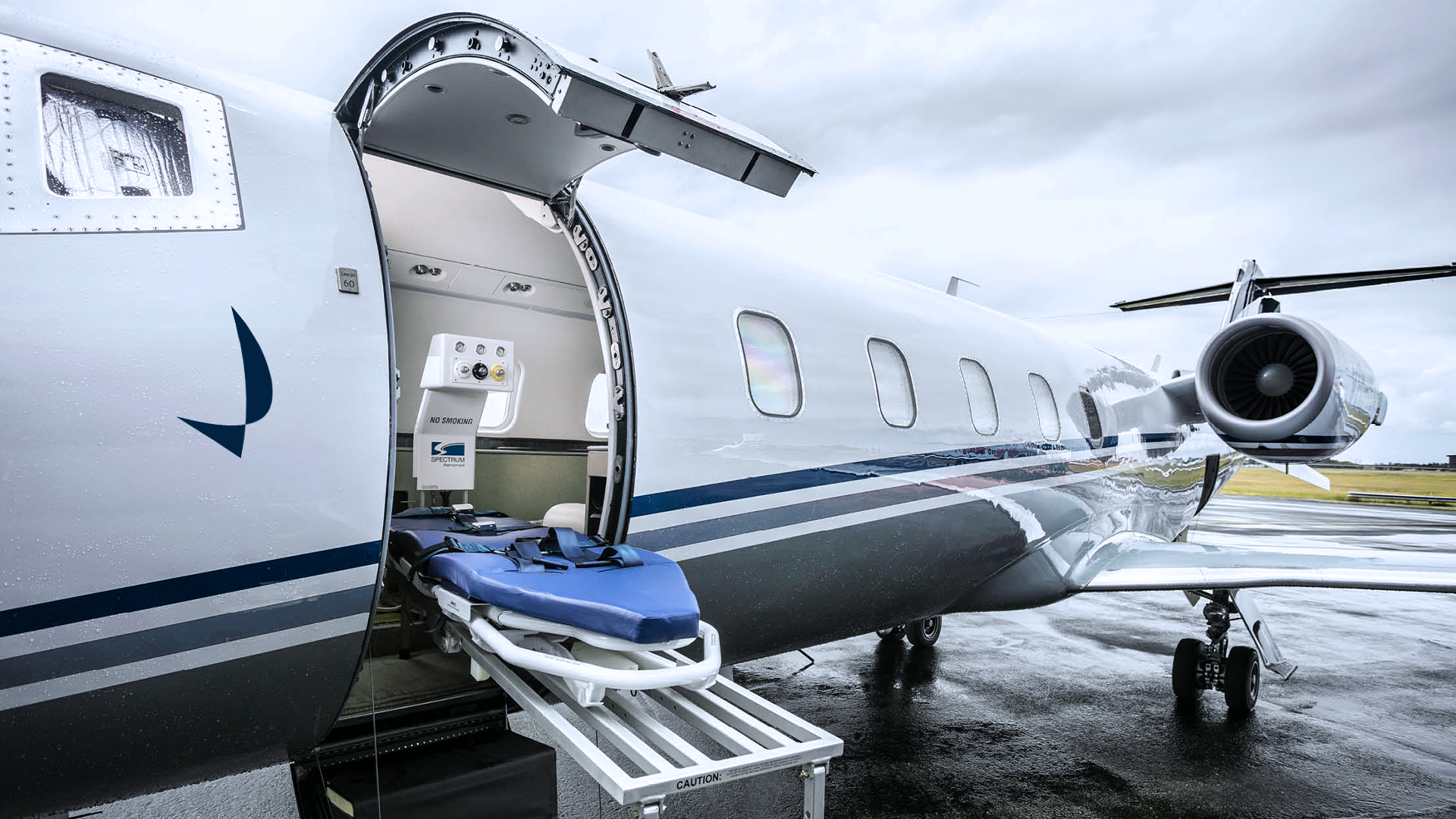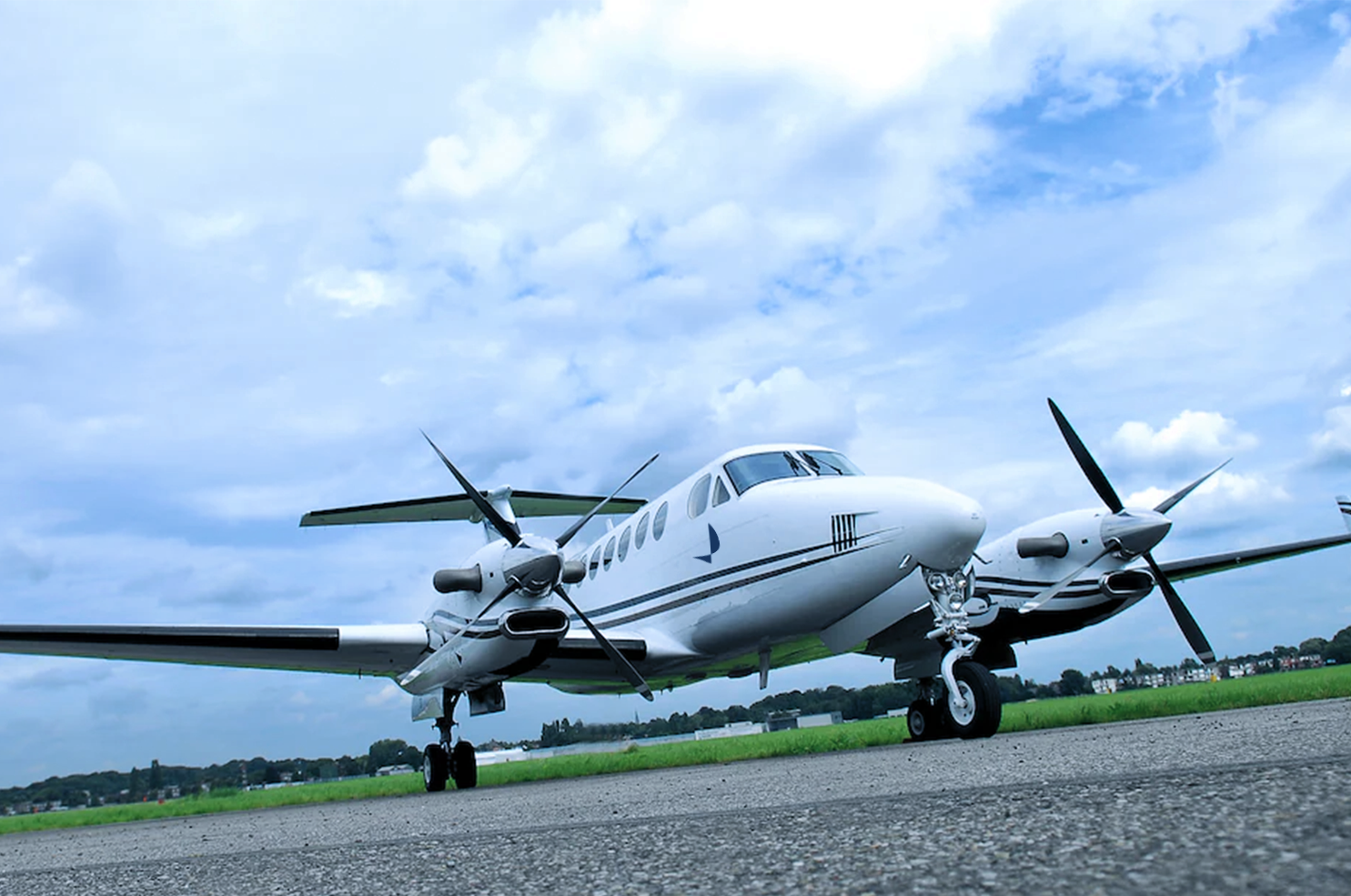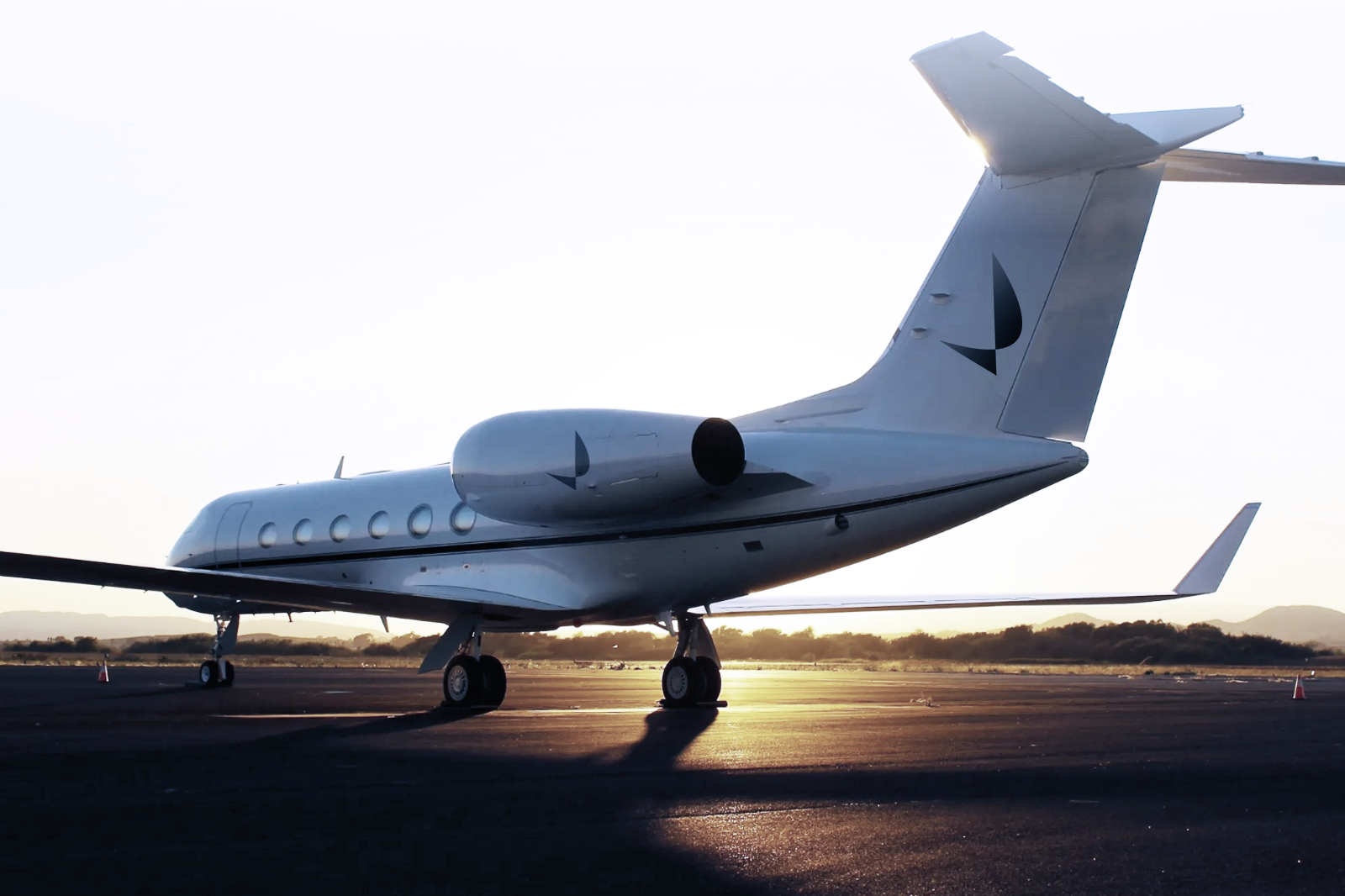The world of private aviation is no stranger to innovation, but few aircraft concepts have captured as much attention as the Phantom 3500, the world’s first fully windowless jet. Designed to merge cutting-edge aerospace engineering with digital luxury, the Phantom 3500 represents a shift in how we think about aircraft interiors, aerodynamics, and passenger experience.

A New Era of Aircraft Design
Unlike conventional jets, the Phantom 3500 eliminates physical windows entirely. Instead, it uses high-definition OLED screens that project real-time exterior views captured by cameras mounted across the fuselage. Passengers can customize these displays to show live surroundings, curated scenery, or even calming ambient visuals.
This concept allows for a stronger, lighter airframe and improved fuel efficiency, reducing drag and structural stress points created by traditional windows. In an era where sustainability and range optimization drive aerospace innovation, the Phantom 3500’s design marks a significant step forward for both performance and passenger comfort.
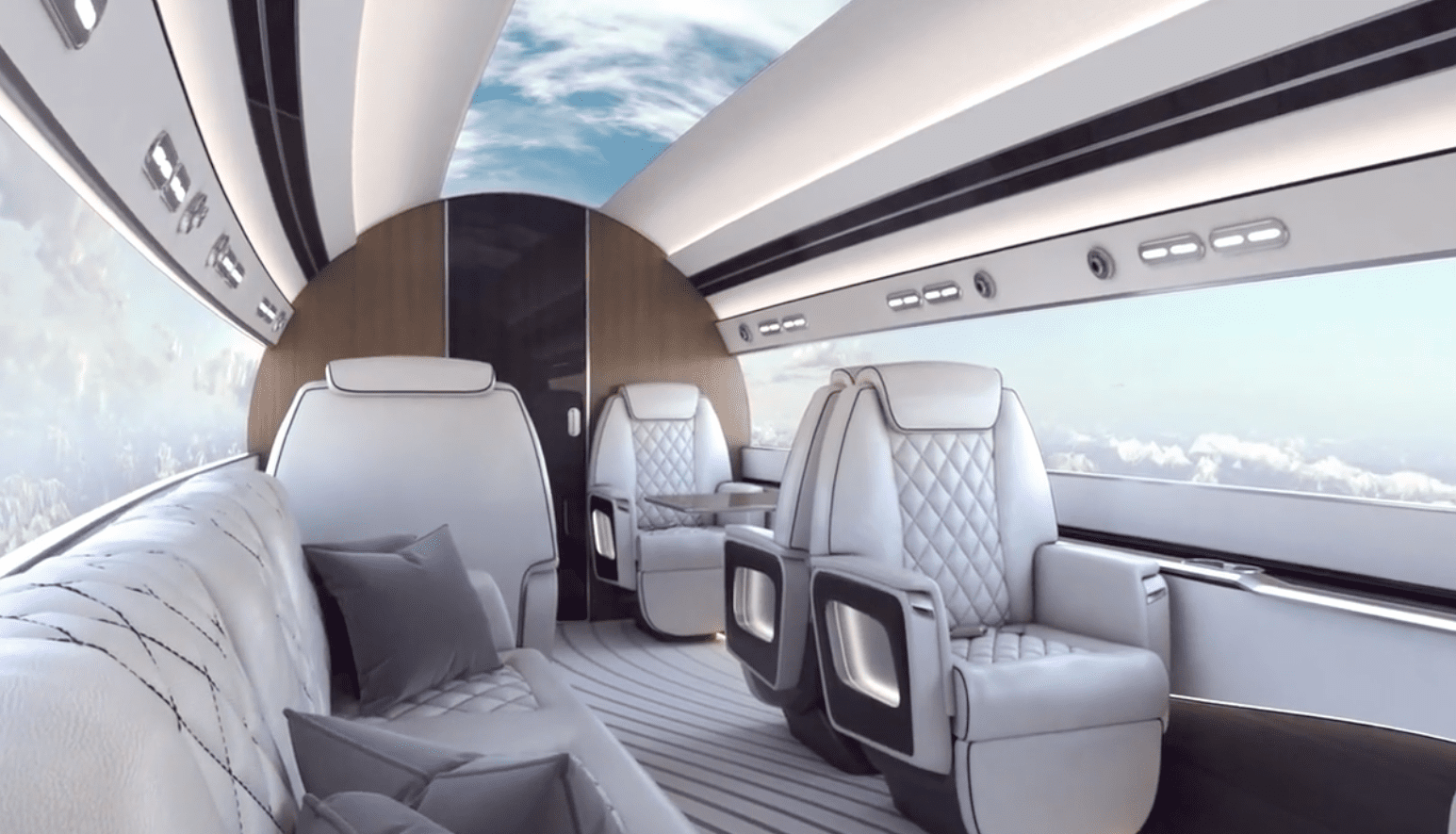
Engineering Efficiency Meets Luxury
The Phantom 3500 is envisioned to match the range and performance of today’s leading ultra-long-range business jets, such as the Gulfstream G700 and Bombardier Global 7500. It combines advanced composite materials with next-generation engines to achieve intercontinental range while maintaining a reduced carbon footprint.
Inside, the cabin design takes personalization to a new level. With no structural window limitations, the layout can be fully customized — from immersive projection walls to private suites and collaborative business lounges. The aircraft’s smart lighting, temperature regulation, and acoustic insulation create a seamless, distraction-free environment designed for productivity or rest.
Reimagining the Passenger Experience
For many, private jets are already synonymous with comfort and exclusivity, but the Phantom 3500 challenges what “luxury in the sky” truly means. The digital cabin environment gives passengers control over every sensory detail — visual ambiance, lighting temperature, sound, and even scent — creating a dynamic atmosphere that adapts to their needs.
Imagine flying at 41,000 feet while the cabin walls project a sunrise over the Alps or a live feed of your destination skyline. Beyond luxury, the design also enhances safety and efficiency, as the absence of windows allows for a more aerodynamic fuselage and a stronger pressure-resistant structure.
What It Means for the Future of Business Jets
The Phantom 3500 may still be a concept, but it represents the next phase in business jet innovation — one where design, sustainability, and digital experience converge. The windowless architecture is not just an aesthetic breakthrough; it’s a statement about the future of aircraft manufacturing, where technology and environmental responsibility shape luxury travel.
For manufacturers and aviation advisors alike, this signals a growing demand for intelligent, connected, and efficient private aircraft — a trend that companies like Jets & Partners continuously monitor as part of their aircraft acquisition and advisory services. Learn more on our Sales & Acquisitions page.
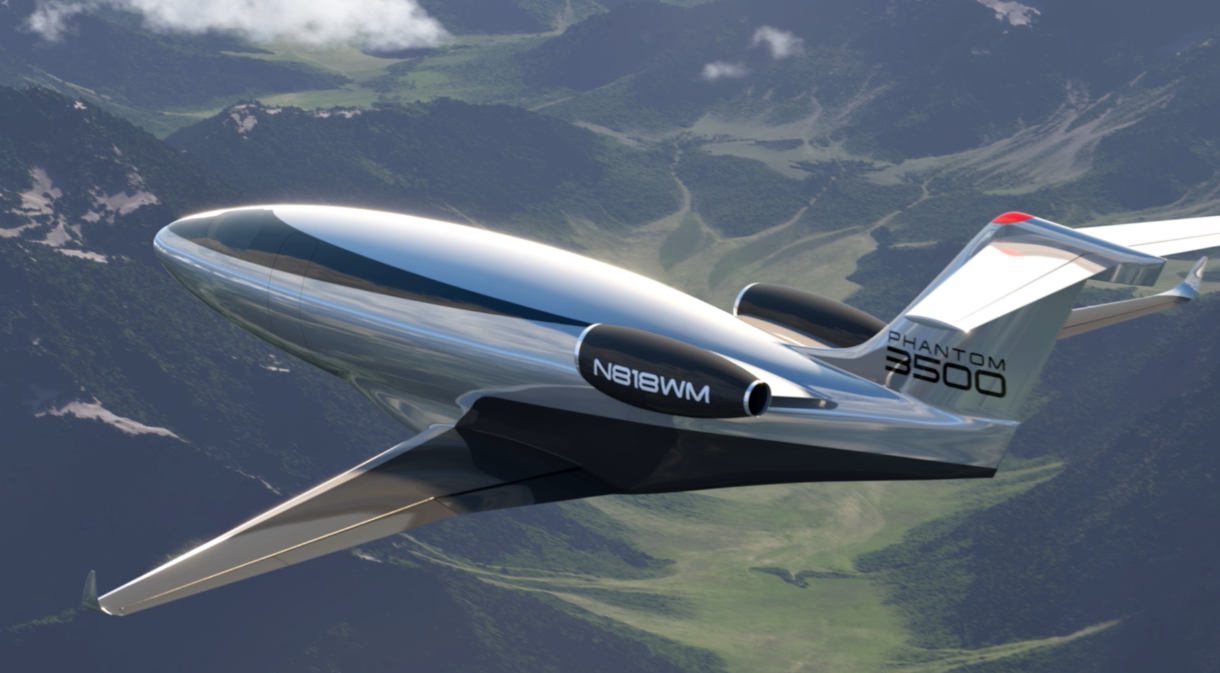
The Vision Ahead
The Phantom 3500 challenges every assumption about private aviation design. It merges aerodynamics with digital artistry, creating a new category of private aircraft, one built not only for range and performance but for the sensory experience of flight itself.
At Jets & Partners, we continue to track innovations that redefine executive and private travel. Whether it’s next-generation concepts like the Phantom 3500 or proven aircraft such as the Gulfstream IV-SP and Beechcraft King Air 200, our role is to guide clients toward intelligent investment and tailored aviation solutions.
For more on the future of aircraft design and acquisition, visit our Sales & Acquisitions page or contact us at hello@jets.partners.



